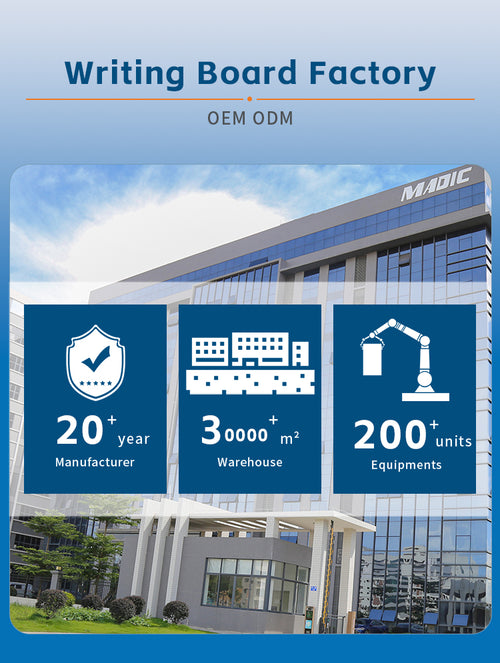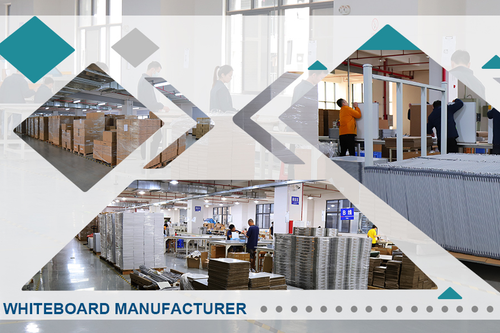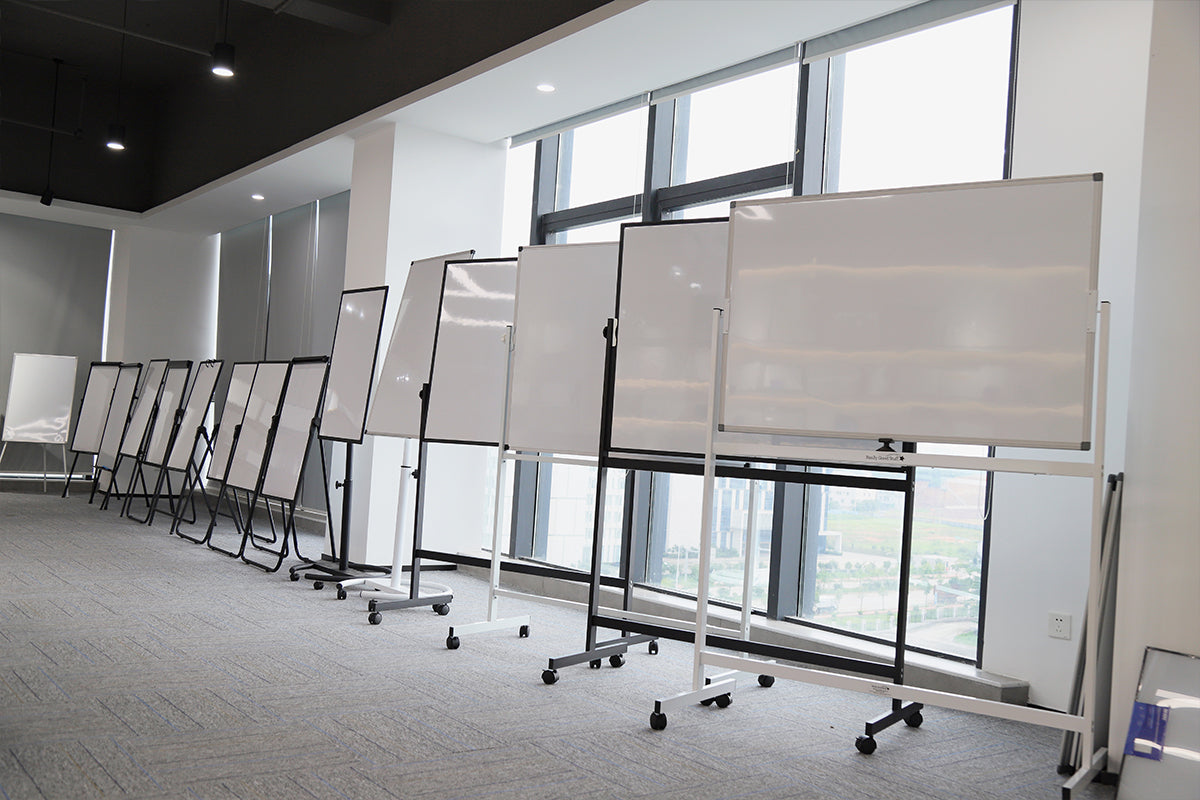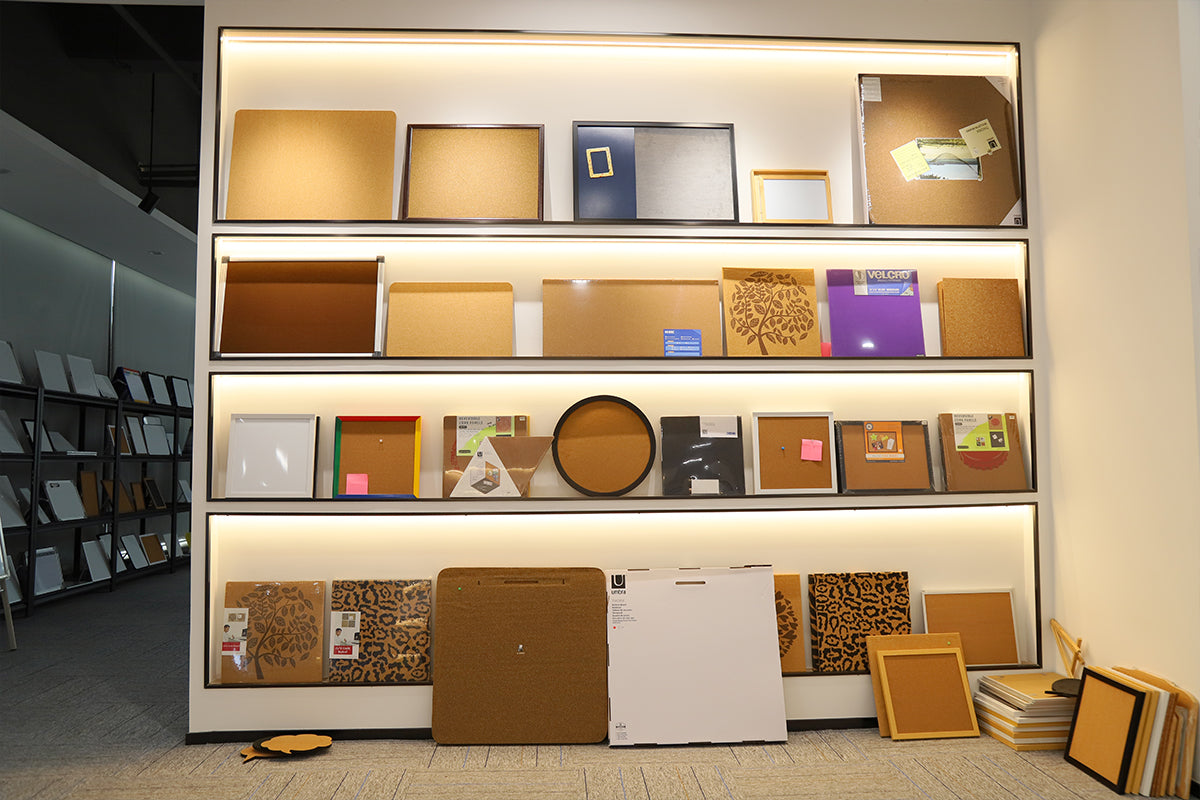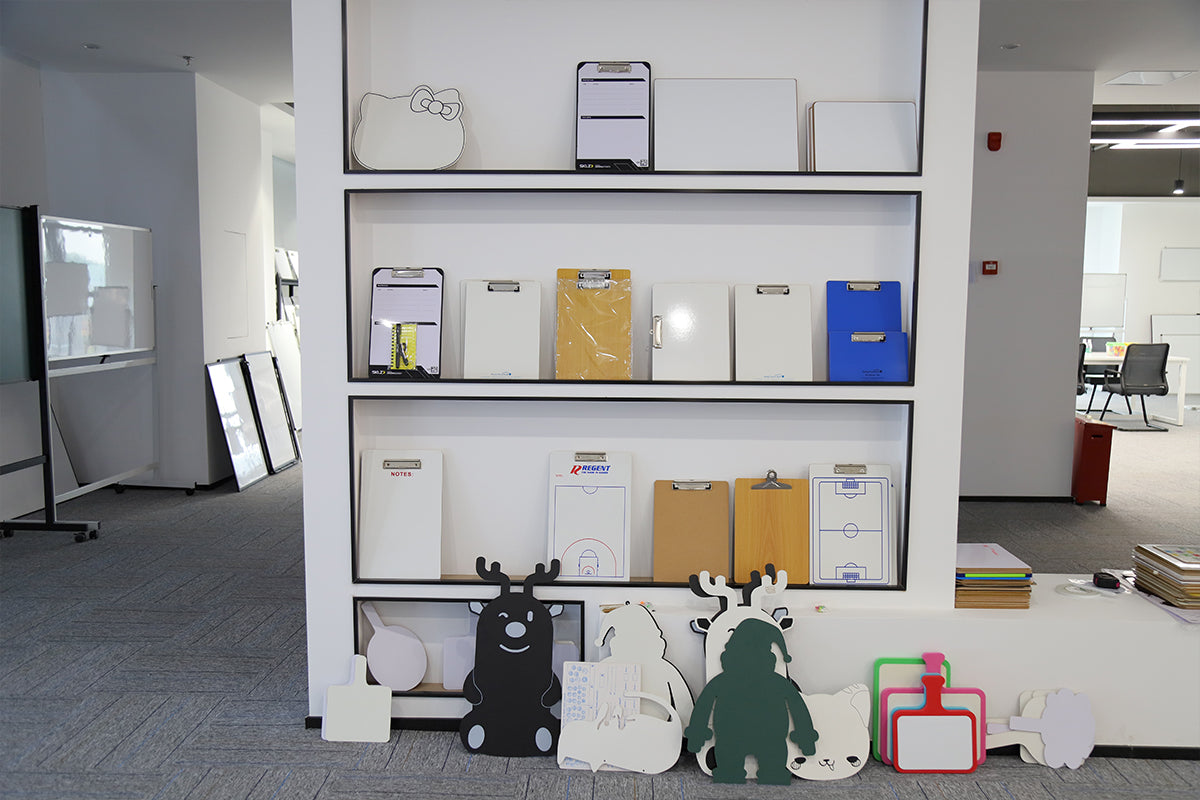Exploring the Manufacturing Process of Dry Erase Magnetic Whiteboards
Dry Erase Magnetic Whiteboards have become essential tools in various educational, professional, and personal settings due to their versatility and functionality. However, the manufacturing process behind these innovative products remains a mystery to many. In this informative piece, we will delve into the intricate steps involved in the production of magnetic whiteboards, shedding light on the technology and craftsmanship that bring these indispensable communication tools to life.

The Manufacturing Process of Magnetic Whiteboards
The production of magnetic whiteboards begins with a core material, typically made of steel or iron plate, which provides the magnetic properties essential for attaching magnets to the board surface. The core material is coated with a layer of white, smooth, and non-porous material, such as porcelain enamel or melamine, to create the writing surface of the whiteboard. This coating allows markers to write smoothly and be easily erased without leaving stains or residue.
Next, the surface of the whiteboard is treated with a special primer or base coat to enhance its magnetic receptivity. This step ensures that magnets can adhere firmly to the board surface, allowing users to affix notes, papers, and other objects for display and organization. The application of the magnetic primer is a crucial part of the manufacturing process, as it determines the board's magnetic strength and durability.
After the primer has been applied and cured, the whiteboard undergoes a meticulous finishing process to ensure a pristine and professional appearance. This may include trimming the edges, adding a frame for structural support and aesthetics, and inspecting the board for any defects or imperfections. Quality control checks are carried out at various stages of the manufacturing process to ensure that the magnetic whiteboard meets the highest standards of performance and durability.
Once the whiteboard has been manufactured and inspected, it is packaged and prepared for distribution to retailers, educational institutions, offices, and other end users. Magnetic whiteboards are available in a variety of sizes, shapes, and mounting options to suit different preferences and requirements. From small handheld whiteboards for individual use to large wall-mounted boards for group collaboration, magnetic whiteboards offer flexibility and convenience in various environments.
Conclusion
In conclusion, the manufacturing process of magnetic whiteboards involves a series of intricate steps that combine technology, craftsmanship, and quality control to produce functional and durable communication tools. By understanding how magnetic whiteboards are made, users can appreciate the attention to detail and precision that goes into creating these essential products. Whether used for brainstorming ideas, presenting information, or organizing tasks, magnetic whiteboards continue to play a vital role in enhancing communication and productivity across different settings.

The Manufacturing Process of Magnetic Whiteboards
The production of magnetic whiteboards begins with a core material, typically made of steel or iron plate, which provides the magnetic properties essential for attaching magnets to the board surface. The core material is coated with a layer of white, smooth, and non-porous material, such as porcelain enamel or melamine, to create the writing surface of the whiteboard. This coating allows markers to write smoothly and be easily erased without leaving stains or residue.
Next, the surface of the whiteboard is treated with a special primer or base coat to enhance its magnetic receptivity. This step ensures that magnets can adhere firmly to the board surface, allowing users to affix notes, papers, and other objects for display and organization. The application of the magnetic primer is a crucial part of the manufacturing process, as it determines the board's magnetic strength and durability.
After the primer has been applied and cured, the whiteboard undergoes a meticulous finishing process to ensure a pristine and professional appearance. This may include trimming the edges, adding a frame for structural support and aesthetics, and inspecting the board for any defects or imperfections. Quality control checks are carried out at various stages of the manufacturing process to ensure that the magnetic whiteboard meets the highest standards of performance and durability.
Once the whiteboard has been manufactured and inspected, it is packaged and prepared for distribution to retailers, educational institutions, offices, and other end users. Magnetic whiteboards are available in a variety of sizes, shapes, and mounting options to suit different preferences and requirements. From small handheld whiteboards for individual use to large wall-mounted boards for group collaboration, magnetic whiteboards offer flexibility and convenience in various environments.
Conclusion
In conclusion, the manufacturing process of magnetic whiteboards involves a series of intricate steps that combine technology, craftsmanship, and quality control to produce functional and durable communication tools. By understanding how magnetic whiteboards are made, users can appreciate the attention to detail and precision that goes into creating these essential products. Whether used for brainstorming ideas, presenting information, or organizing tasks, magnetic whiteboards continue to play a vital role in enhancing communication and productivity across different settings.


